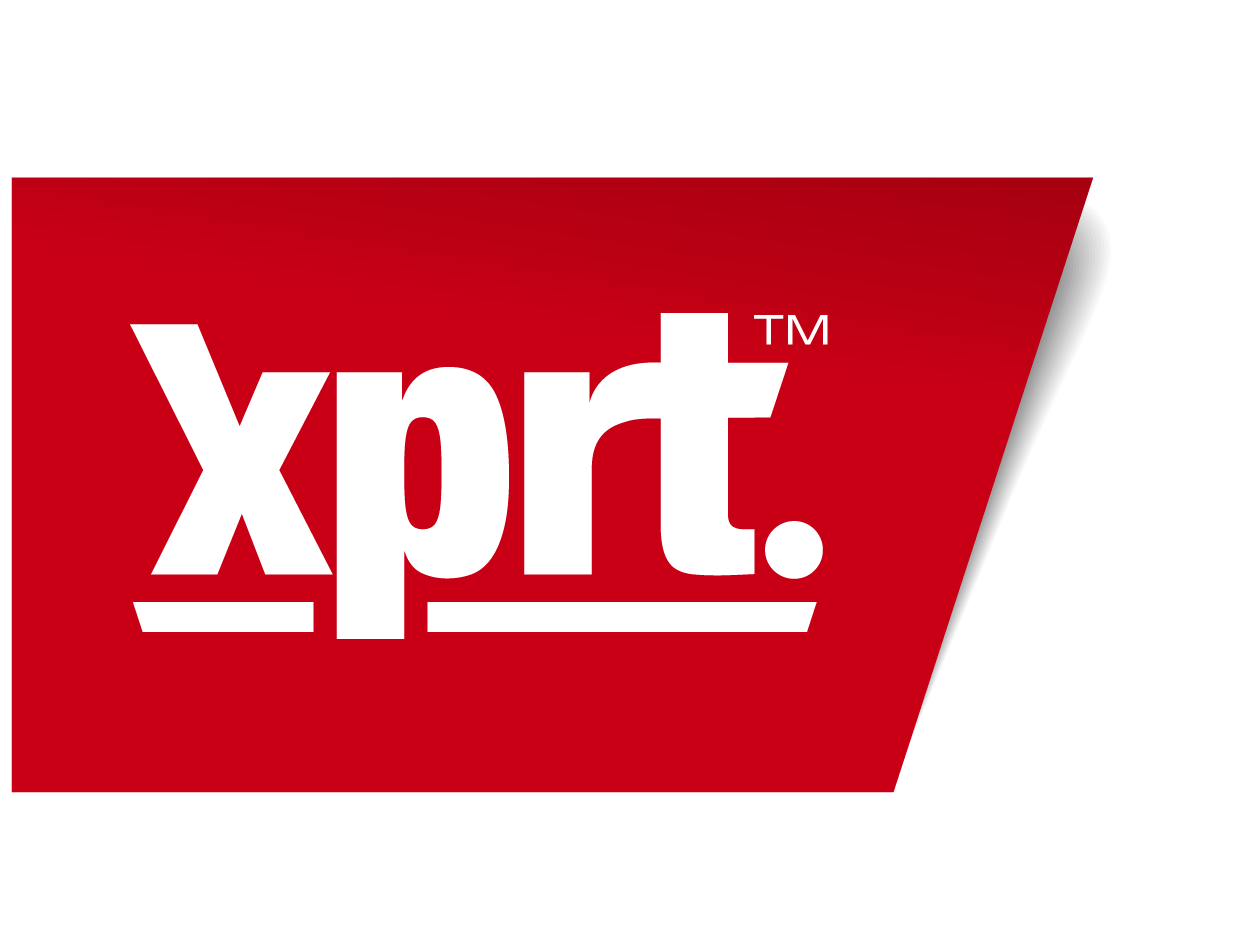
Specialists in Accessible, Value-Driven
VIDEO CONFERENCING
What Is Systems Integration
Today’s world is replete with electronics and computers, and increasingly these components work together. Combining audio-visual systems and computers, we can arrive at an automated AV experience that’s available to untrained guests in a fitness centre, for example. By combining security with a lighting system, we can easily trick a burglar into believing that someone’s inside an empty home. By designing dedicated touchscreen controls for a single meeting room with video conferencing at an office, we can ease the burden on its entire staff in their push to adopt video communications.
Xprt has decades of experience in IT and communications technology, a diverse and skilled team to create raw solutions from the ground up, and the will to bring the benefits of integrated technologies to every industry. We’re driven to provide truly valuable work and life experiences for people, using technology as the vehicle to make them happen.
There’s nothing preventing you from reaching out to ask if we can help with your needs, so reach out today.
MEET OUR PRESIDENT
Hear about Systems Integration from someone who knows it intimately.
Testimonials
“Please extend a huge thank you to your team (especially Lee) as once again you have delivered a superior product.”
“Just wanted to say, I’m on a video call with a bunch of people in the boardroom – WHAT AN IMPROVEMENT! The call quality has increased dramatically, and feedback from the host was that it was extremely easy to use 😊
Thanks so much for your work on this! So happy!”
“...we used the town hall for our first all staff meeting just before the long weekend and it was very well received.”
“Everyone…knows you’re the most dependable company on that site. If anyone asks, I will sing your praises!”
“Today everyone was amazed at the crisp clean audio coming from the mics and music flowing within the space that’s properly balanced. We haven’t been able to hold any events like this within our studio before without a ton of setup.”
“I wanted to express my thanks and appreciation for the great service that your team delivered on our outage issue. Your level of service and the ease with which you landed on a solution makes the choice to upgrade to this system look like a definite win.”
“One of our Design Partners was able to setup up a meeting using the projector and audio and present a video to our client. His exact words were, “If I can do this anyone can do it.” The steps on the iPad were clear and everything just worked when plugging in a laptop.”
“Too many times people take the time to complain about the people who aren’t doing their job, while those who outperform sometimes can be forgotten. So … I just wanted to take a moment to thank you and your team.”
“I’m sorry, but this system totally rocks. Sit down, turn on and start talking. Wicked.”
“You guys are AMAZING! Thank you so much for this, and for your flexibility during this crazy install.”
“If we had to do this all over again, we wouldn’t go with anyone other than Xprt. Thanks also for your flexibility in accommodating the many hiccups...”
“I was really pleased with the effort the team put in to make things perfect. We’ve had some presentations and a movie night already and the theatre is a big hit.”
“I have to say how impressed I was with the quality of work, the finish of the product and the professionalism and commitment to service that Lee showed. All the best...”
“The GC... mentioned that his electrician found Xprt’s shop drawings very easy to follow and extremely clear, and went on to say they’re ‘the best shop drawings he has ever seen’!”
“
OUR MANIFESTO
Never again shall technology be extolled as a virtue in and of itself, nor prized for its capability alone. We must design seamless experiences and reduce the systems around us. From this point forward, technology is only a medium.
In The News
XPRT’S CREATIVE CONTRIBUTION
We’re very proud to have done some heavy lifting at 565 Great Northern Way, building an interactive video wall, and the custom programming interface that students at the False Creek Flats campus in Vancouver are using to build interactive media skills. Have a read through this story below!



